The history of the Château de Saint Bernard
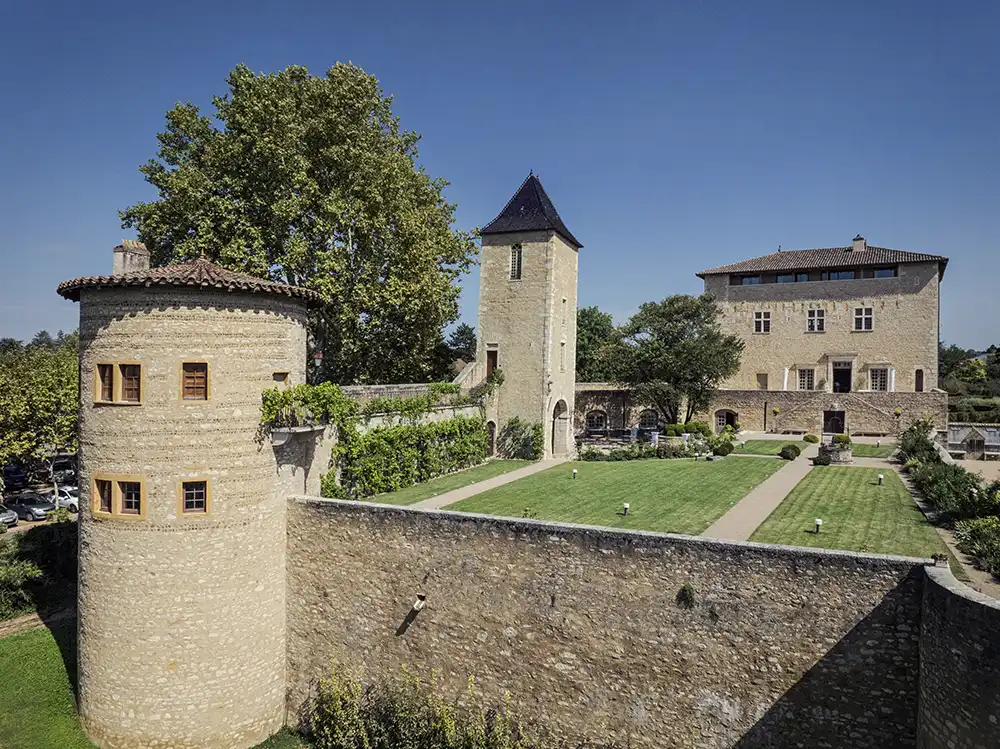
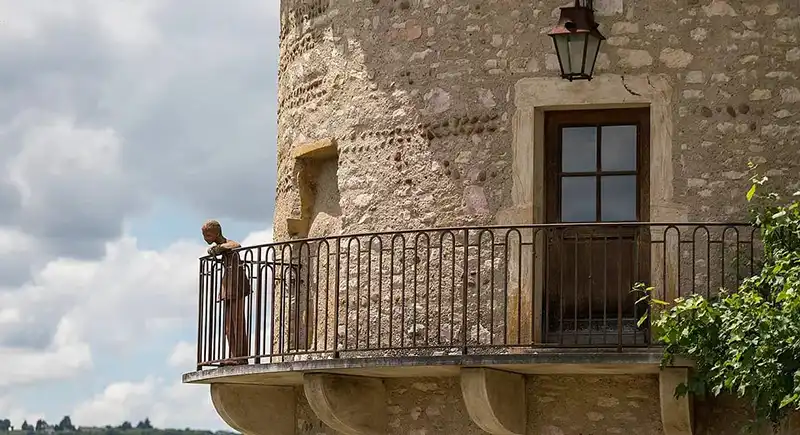
A witness to eight centuries of history
The Château de Saint-Bernard, a medieval fortress built in the 13th century near the banks of the Saône.
Its existence is attested from 1250, when it belonged to the Palatines of Riottier before being sold to Guichard V, Lord of Beaujeu. In 1264, the latter ceded it to the Church of Lyon, which made it a symbol of religious power in the region.
Over the centuries, the castle has endured turbulent times: it was plundered several times in the late Middle Ages and severely affected by the Franco-Savoyard Wars. Between 1599 and 1802, the Covet family, influential barons, modernized the premises, transforming the fortress into an elegant and welcoming residence.
The French Revolution, however, left deep scars: several pavilions and towers were destroyed. It was not until the 20th century that the site regained its former glory thanks to a meticulous 13-year restoration project, which began in 1996.
It was classified as a historic monument in 1997 and visitors can today appreciate its architecture, testimony to a rich history and the passion of its inhabitants over the centuries.

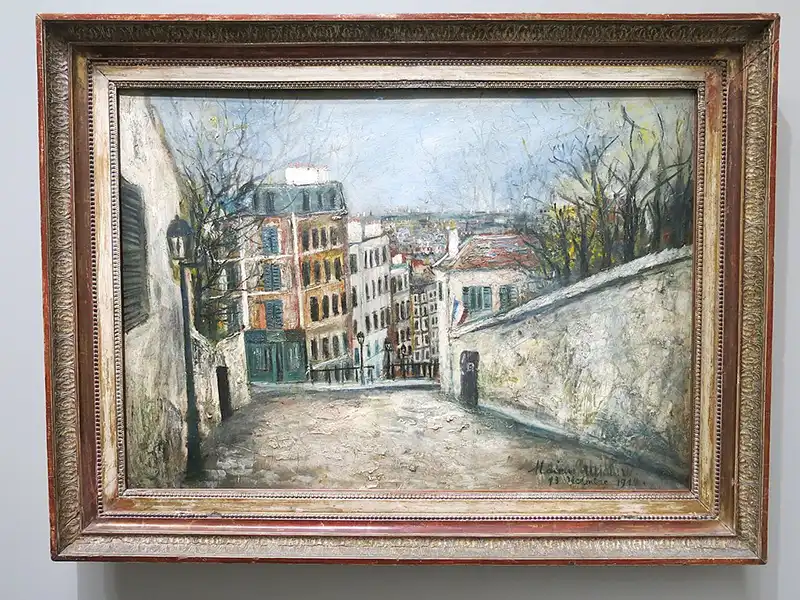
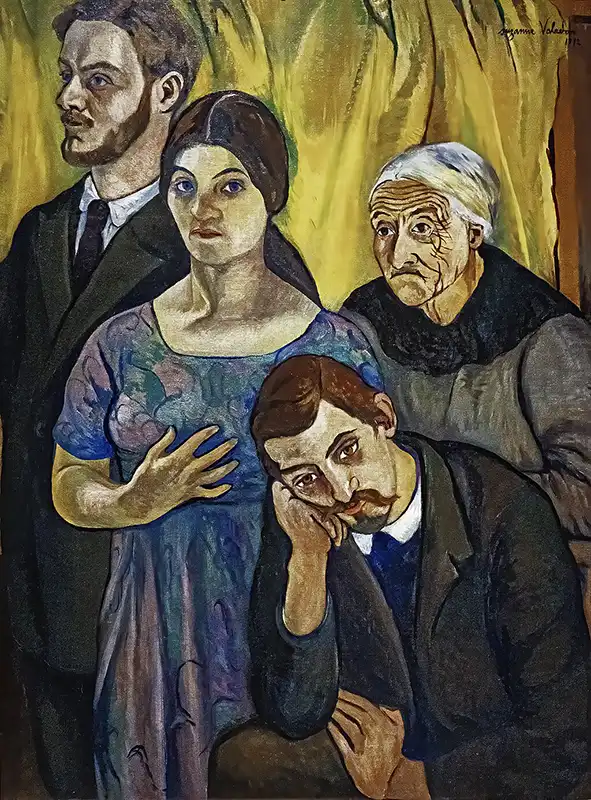
Home of famous painters
The Château de Saint-Bernard is closely linked to the world of art thanks to the presence, from 1923, of the painters Suzanne Valadon, André Utter and Maurice Utrillo.
Acquired by the Valadon-Utter couple, the residence became a refuge of inspiration for Maurice Utrillo, a major figure of the Montmartre School.
During his ten years at the castle, Utrillo depicted its walls, towers, and surrounding landscapes on numerous occasions. These works demonstrate a unique fusion of heritage and artistic creation, contributing to the castle's aura far beyond regional borders.
Suzanne Valadon and André Utter also made the château a vibrant place to live, where conviviality and creative effervescence mingled.
The history of these artists is today inseparable from that of the château, where art continues to shine through various events, such as exhibitions and concerts which perpetuate the creative heritage of the place.
Paintings:
Maurice Utrillo – Rue du Mont-Cenis (1914)
Portrait de famille – Suzanne Valadon (1912)

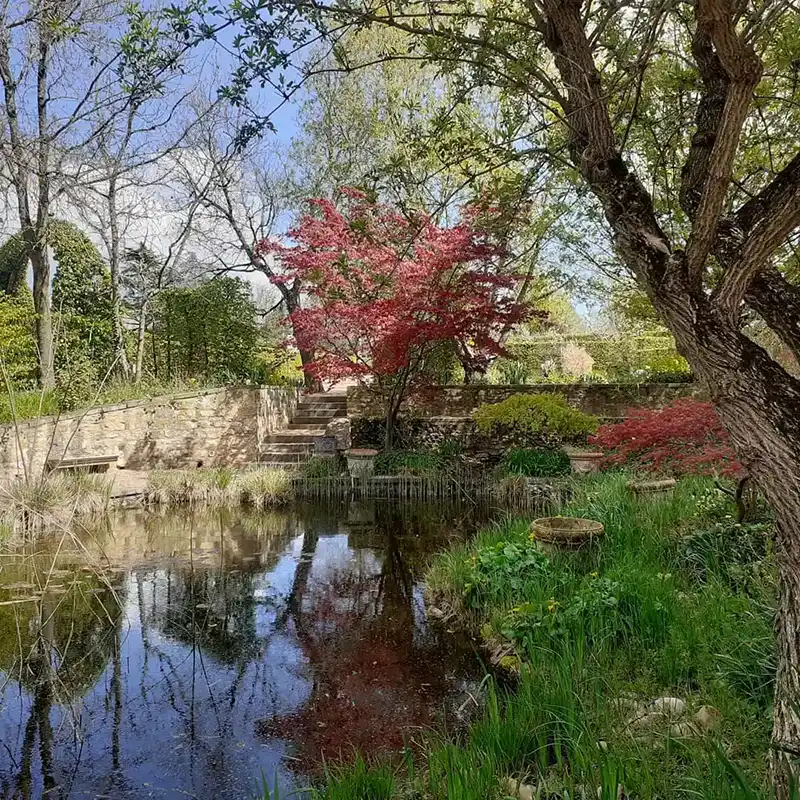
The Château gardens: a remarkable history
The castle is surrounded by a 2-hectare area developed since 2003 into a magnificent garden.
In 2013, it was awarded the “Remarkable Garden” label by the Ministry of Culture.
It is composed of three parts, united by the common theme of ancient fruit pruning.
The main garden presents a route made up of twelve small themed gardens: colors, witches' garden with its toxic plants and black plants, ephemeral gardens, grasses, berries, cucurbits and aquatic garden.
It ends with a maze of hundreds of apple and pear trees with more than forty different fruit varieties. These were cultivated with the advice and technical assistance of Jacques Beccaletto, former head of cultivation of the King's vegetable garden at Versailles and author of reference works.
The rose garden, planted below the flower terrace, connects the two main parts of the garden.
The meadow is dedicated, in spring, to the blooming of thousands of daffodils, and in autumn, to the spectacle of trees selected for the color of their foliage.
We owe these magnificent gardens to the former owner of Château Gille Briens, and you can learn more about him in the video below. Thank you!
